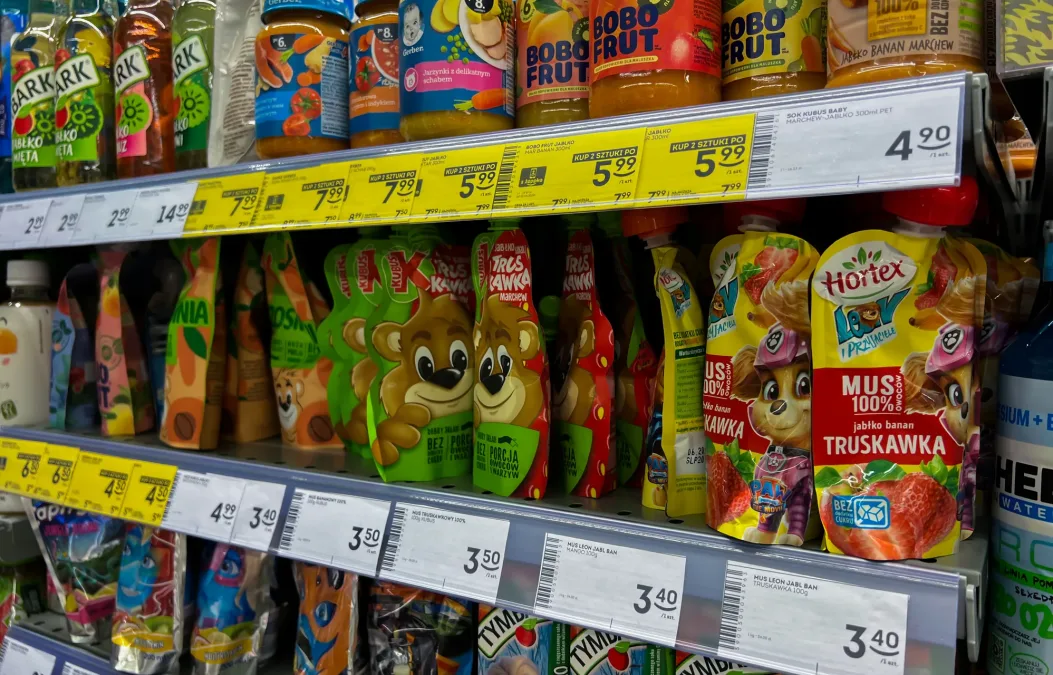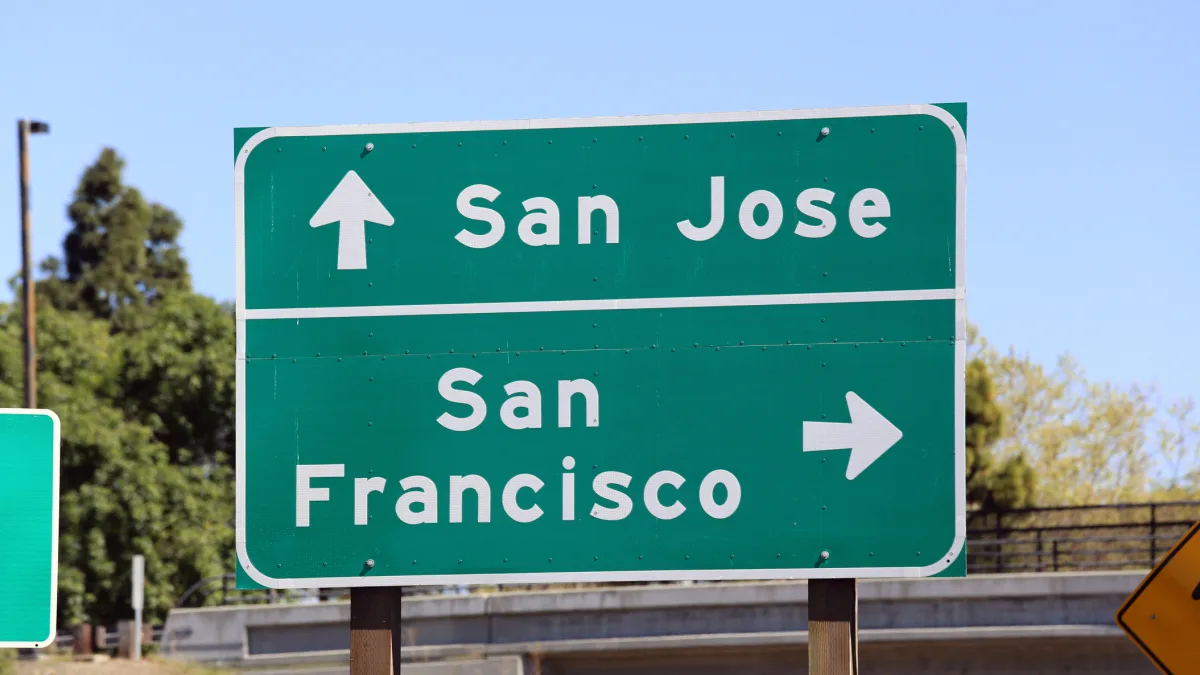The Kingdom of Bhutan measures Gross National Happiness. Costa Rica tracks a Happy Planet Index. New Zealand has embraced a ‘wellbeing budget’. Yet when markets tumble or elections loom, politicians and pundits still reach reflexively for that hoary metric of national success: gross domestic product (GDP).
Like an ageing monarch clinging to the throne, GDP reigns supreme over economic discourse despite widespread recognition of its inadequacies. The question is not whether GDP deserves dethronement (it clearly does) but what combination of measures might form a more enlightened council of economic indicators.
Simon Kuznets, who developed national income accounting in the 1930s, warned the US Congress that, “the welfare of a nation can scarcely be inferred from a measure of national income.”
His caution went unheeded. GDP soon became the singular obsession of governments worldwide, a number that reduces all human endeavour to one single column in a spreadsheet. It counts every transaction equally, whether building schools or building bombs, whether selling cigarettes or selling cancer treatments. As Robert Kennedy observed in 1968, it, “measures everything except that which makes life worthwhile.”
The absurdities pile up like national debt. When natural disasters strike, GDP often rises as reconstruction spending surges—Frédéric Bastiat’s broken window fallacy writ large across national accounts. Crime boosts GDP through security spending; divorce lawyers and marriage counsellors both add to the tally.
Meanwhile, parents caring for their own children contribute nothing to GDP, but paying for childcare does. A nation could theoretically maximise GDP by clear-cutting its forests, strip-mining its mountains, and working its citizens to exhaustion. That this would be considered growth reveals the metric’s moral blindness.
Adjusting for purchasing power parity (PPP) helps, but only marginally. GDP per capita at PPP provides a clearer picture of living standards by accounting for cost differences between countries. A haircut in Mumbai costs far less than one in Manhattan, and PPP adjustments recognise such realities.
PPP, however, merely refines the measurement of the same flawed concept. It tells us how much stuff people can buy, not whether that stuff improves their lives.
Searching for something better
The hunt for alternatives has produced a cottage industry of composite indices, each with its own acronym and methodology. The Human Development Index (HDI) combines income with health and education metrics. The Social Progress Index (SPI) incorporates fifty-four indicators across basic needs, wellbeing, and opportunity. The Inclusive Development Index (IDI) adds measures of poverty, inequality, and sustainability. Bhutan’s Gross National Happiness index evaluates nine domains including psychological wellbeing, cultural diversity, and ecological resilience.
Each attempt illuminates GDP’s blind spots while creating new ones. The HDI penalises countries with high inequality, but its education component—mean years of schooling—says nothing about the quality of that education. A nation of PhD holders in underwater basketweaving would score brilliantly.
The Social Progress Index excludes economic measures almost entirely, as if material prosperity were irrelevant to social progress—tell that to anyone who’s experienced poverty. Happiness indices face the deepest philosophical challenges: is the goal to maximise average happiness, total happiness, or the number of people above a happiness threshold? Should we trust self-reported life satisfaction from citizens of authoritarian states?
Economic freedom indices offer another lens, correlating strongly with prosperity but raising thorny questions about trade-offs. Singapore ranks among the freest economies globally yet restricts political expression. The Heritage Foundation’s Index of Economic Freedom champions minimal government, while Nordic countries demonstrate that extensive welfare states can coexist with thriving markets. These indices often reflect ideological preferences masquerading as objective measurement.
Democracy indices face similar challenges. The Economist Intelligence Unit’s Democracy Index classifies countries from ”full democracies’ to ‘authoritarian regimes’, but drawing lines proves contentious. India, the world’s largest democracy, has slipped toward ‘flawed democracy’ status amid concerns about press freedom and minority rights. Meanwhile, some autocracies deliver impressive economic gains—Singapore’s egalitarian approach to housing, or China’s poverty reduction. Should we weight democratic participation against material outcomes? The question has no easy answer.
One size does not fit all
Perhaps the most promising approach acknowledges that no single metric can capture national success.
The Organisation for Economic Co-operation and Development’s Better Life Index lets users weight eleven dimensions according to personal priorities. New Zealand’s Living Standards Framework tracks four ‘capitals’—natural, human, social, and financial—recognising that sustainable prosperity requires maintaining all four. The Genuine Progress Indicator adjusts GDP for environmental costs, inequality, and unpaid work, often showing that genuine progress stalled decades ago even as GDP continued climbing.
These dashboard approaches reflect reality’s complexity but sacrifice simplicity’s power. GDP endures partly because everyone understands what it means, even if that understanding is flawed. A basket of indicators provides nuance but muddles communication. Politicians prefer metrics that show clear success or failure, not nuanced trade-offs across multiple dimensions.
The measurement problem reflects deeper questions about societal values and goals. Should governments maximise wealth, happiness, freedom, equality, sustainability, or some weighted combination? Different societies will answer differently, and their metrics reflect these choices. Bhutan’s happiness focus suits a Buddhist kingdom; it might not transplant well to Wall Street. Singapore prioritises efficiency and order; Scandinavia balances prosperity with equality; America celebrates individual liberty, albeit imperfectly.
Rather than seeking one monarch to rule them all, countries should embrace a plurality of measures while acknowledging their limitations. GDP remains useful for what it measures—market production—but should be dethroned from its singular pedestal. Pair it with measures of median income to capture distribution, environmental accounts to track sustainability, and wellbeing indicators to remember what prosperity serves. Regular reporting on this dashboard of indicators, with the same prominence currently given to GDP figures, could gradually shift focus from growing the pie to dividing it fairly and sustainably.
The perfect metric remains as elusive as the Holy Grail. But the search itself forces important conversations about what constitutes progress and how to balance competing goals. In that sense, the proliferation of alternative measures represents progress, even if none can claim the crown. GDP will likely reign for years yet, but constitutional monarchy suits it better than absolute rule.
The measure of nations, like the nations themselves, must evolve from crude simplicity toward sophisticated balance. That which gets measured may get managed, but first we must measure what matters.
Photo: Dreamstime.







